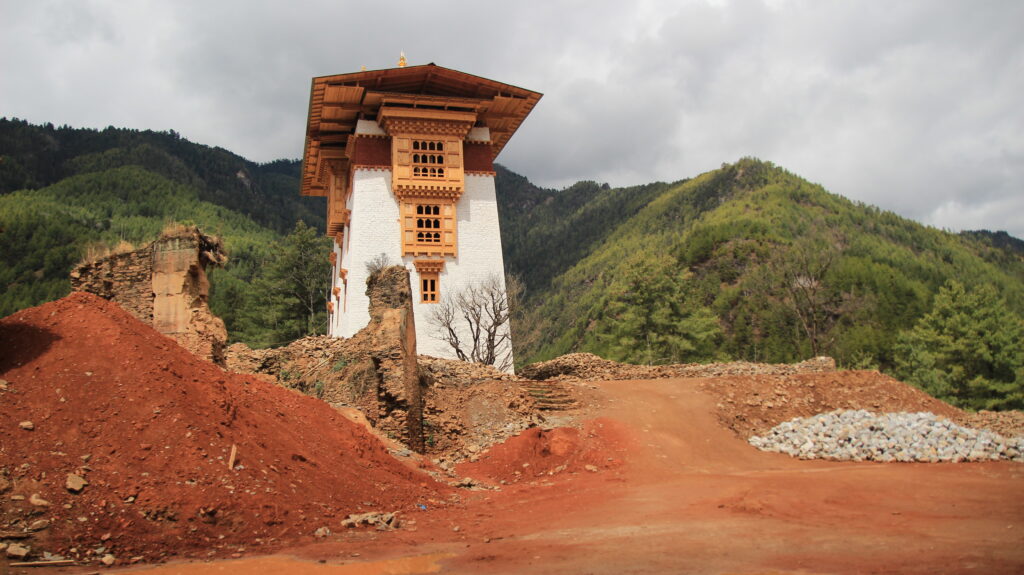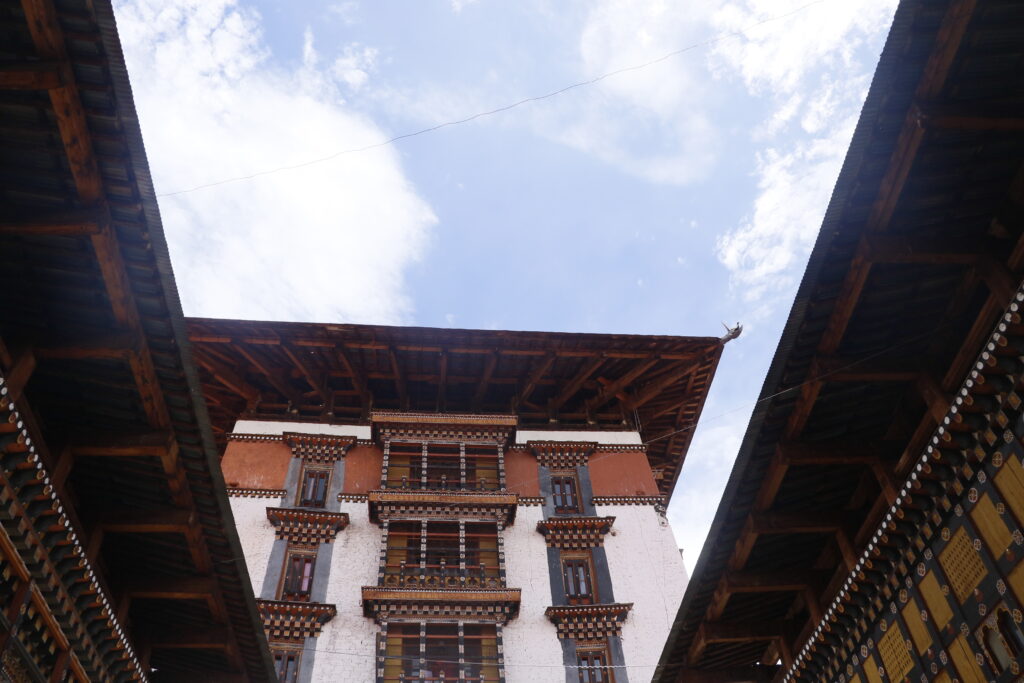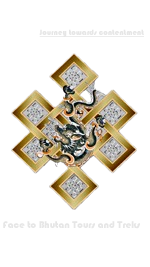The Thirteen Traditional Crafts of Bhutan (Zorig Chusum)
Bhutan’s thirteen traditional arts and crafts, collectively known as Zorig Chusum, represent a rich cultural heritage passed down through generations. These crafts were formalized during the reign of Gyalse Tenzin Rabgay, the fourth temporal ruler of Bhutan.

The crafts are as follows:
- Shing Zo (Woodwork)
Woodwork is an ancient craft, practiced since the early days of human dwellings. Bhutanese woodworkers, known as Zow chen, are experts in creating intricate wooden structures, such as temples, monasteries, and Dzongs (fortresses). These structures feature elaborate designs without metal fasteners, using wooden joints and pegs. The craft is taught through apprenticeship. - Do Zo (Stonework)
Stonework is vital in Bhutan’s construction of temples, Dzongs, and chortens. Examples include Chorten Kora and Chendebji Chorten, showcasing the Bhutanese mastery of stone construction. - Par Zo (Carving)
Bhutanese carving is done on wood, stone, and slate, producing religious motifs and statues. Notably, woodcarvings, such as masks used in festivals and phallus carvings for blessings, are integral to Bhutanese culture. - Lha Zo (Painting)
Bhutanese painting is highly revered, especially religious works like thangkhas (scroll paintings) that depict deities and saints. The natural pigments used in these paintings are sourced locally. - Jim Zo (Clay Work)
Clay work, which includes the creation of statues of deities, is an ancient art form in Bhutan. Pottery, often crafted by women, remains an essential craft, though less common today. - Lug Zo (Bronze Casting)
Introduced in the 17th century by Newar artisans from Nepal, Bhutanese bronze casting produces religious statues, bells, and ritual items. - Shag Zo (Wood Turning)
This craft, practiced mainly in eastern Bhutan, involves creating wooden bowls, cups, and wine containers. These items are highly prized for their craftsmanship. - Gar Zo (Blacksmithing)
Blacksmithing began in Bhutan in the late 14th century, introduced by the Tibetan saint Thangtong Gyalpo. The craft is now rare but can still be seen in places like Trashigang. - Troe Ko (Jewelry Making)
Jewelry making is another essential craft in Bhutan, where skilled artisans create ornaments using gold, silver, turquoise, and coral. These include necklaces, earrings, and amulets. - Tsha Zo (Bamboo and Cane Weaving)
Bamboo weaving is practiced throughout Bhutan, particularly in eastern and central regions. Products include baskets, mats, and containers, sold locally and to tourists. - De Zo (Paper Making)
Traditional Bhutanese paper, made from the bark of trees, is still crafted in Trashiyangtse. This paper was once used for religious texts and is now used for bags, wrappers, and envelopes. - Tshem Zo (Tailoring)
Tailoring, including embroidery and appliqué, is a common craft in Bhutan. Monks create religious scrolls, while laypeople sew traditional garments like the Gho and Kira. - Thag Zo (Weaving)
Weaving, predominantly practiced by women, is a vital part of Bhutanese culture. The textiles, made from cotton, silk, and yak wool, feature intricate patterns and are highly valued. Notable weaving areas include Khoma in Lhuentse for Kushithara and Decheling in Samdrup Jongkhar for cotton textiles.

These traditional crafts not only preserve Bhutan’s cultural heritage but also contribute to its economy, as many of these handmade items are sold to tourists and collectors.

